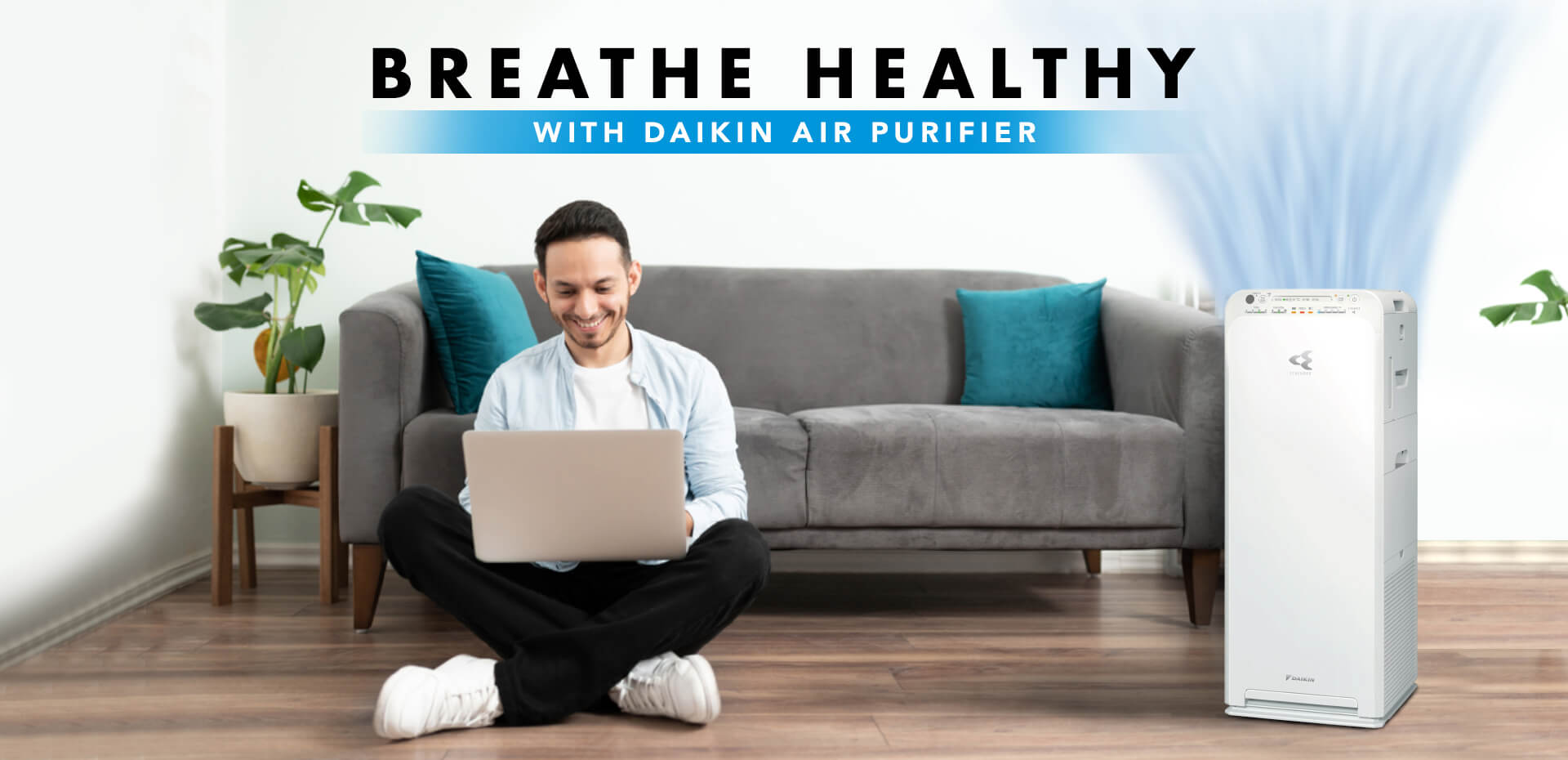The Unseen Health Dangers of Indoor Air Pollution in India
October 30, 2025 | 01:46 AM

From a physician’s point of view, my clinic is visited by patient after patient with the common denominators really being troubled respiratory problems, chronic allergies, and unexplained fatigue. While it’s easy to point the finger at visible smog and factory smoke for enveloping our cities (and thereby our children) in dirty air, I’ve realized that the real threat can be even closer to home — inside our own homes. We are educated to be afraid of what’s outside; however, my clinical experience always uncovers a different truth: the air inside our homes is often much more filled with pollutants than what we find outside.
There are various sources of this pollution, some more subtle than others. Fine particulate matter and carbon monoxide are released while cooking with gas or traditional fuels in an average Indian household. Just lighting an incense stick for prayer or using a mosquito coil releases a cloud filled with a toxic cocktail. Day-to-day activities, such as sweeping, mopping, and dusting, shake settled particles loose from surfaces, where they can remain airborne for hours. These unseen pollutants, together with pet dander, mold spores that form in the corners of our humid rooms, and dust mites that reside on our bed sheets, can induce a devastating environment for our respiratory systems.
The health consequences are significant. For my patients with underlying conditions such as asthma or chronic obstructive pulmonary disease (COPD), exposure to these indoor irritants can cause dramatic flare-ups, resulting in emergency room visits and worsened quality of life. For children whose lungs are growing, this constant exposure can cause such maladies as new allergies and chronic respiratory disorders. I’ve also found a connection between poor indoor air quality and symptoms such as long-lasting headaches, dry eyes, and an overall feeling of malaise. It’s a slow, silent attack on our health that we can fall prey to without even knowing it.
That’s why I frequently suggest to my patients the addition of a home air purifier as part of their overall wellness plan. Not just a luxury, these devices are a medical instrument for proactive health care. When cleaning isn’t enough, the finest purifier captures microscopic pollutants. It sucks in all of the dirty, polluted air in your vehicle and runs it through a series of filters, catching pollutants including dust, pollen, and smoke. A quality purifier like one from a reputable company like Daikin, however, can make a noticeable difference for someone in how deeply and freely they breathe in their home.
Selecting an air purifier is an important decision. All models are designed to accomplish the same end goal, but the filtration is where it matters. I recommend that patients search for units containing a high-efficiency particulate air (HEPA) filter, which is the best place to start when trapping a variety of airborne allergens and particles. Combining this with an activated carbon filter can also neutralize odors and smell then harmful chemical vapours produced by common household products. An indoor air purifier is an essential part of prevention for anyone diagnosed with any specific ailment or illness.
It’s also worth remembering that a purifier is just one aspect of a larger endeavor. Even a top-rated, home air purifier cannot do all the work on its own — you’ll need to make some simple lifestyle changes if you want to create and maintain good indoor air quality. Good ventilation, clean living spaces, and limited use of smoky or fume-causing sources are all necessary. The aim is not just to clean the air but also to diminish the number of pollutants at their source. If you prioritize your family’s health against the hidden threats of indoor pollution, then a trusted room air purifier is there to protect everyone.
Finally, we need to shift our thinking on the air we’re breathing inside our homes. It’s not simply vacuous space; it is a subtle and intricate environment that can nourish or sicken us. It is an important investment in our future to now move to purify it.









